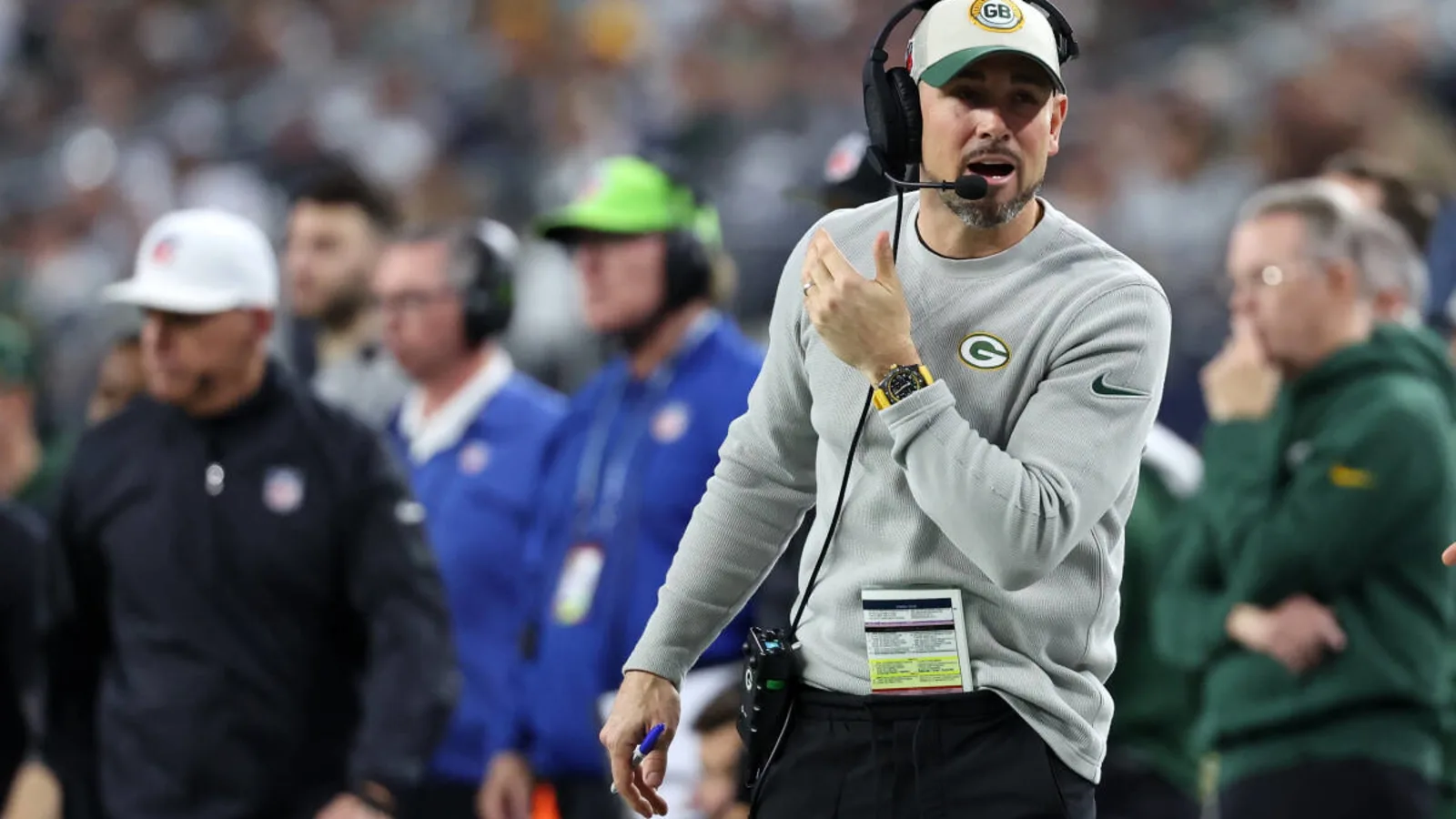In the ever-evolving landscape of the NFL, the recent moves by the Green Bay Packers have sparked a wave of discussions and analyses. The departure of Aaron Jones, a key figure in the Packers’ offensive lineup, coupled with the acquisition of Josh Jacobs, marks a pivotal moment for head coach Matt LaFleur and raises questions about the team’s communication and strategy going forward.

Unexpected Departure of Aaron Jones
As the legal tampering period commenced on March 11, 2024, the NFL was abuzz with player movements, and team strategies unfolding in real-time. For the Green Bay Packers, the decision to release Aaron Jones and sign Josh Jacobs within a mere 66 minutes sent shockwaves through their fan base and the league. Matt LaFleur, the architect behind the Packers’ recent success, found himself in an unexpected whirlwind of team restructuring.
I completely forgot to say that I have changed my favorite player from Aaron Jones (😞) to THE Jordan Love ❤️ pic.twitter.com/xrPcdltVyr
— twizzy 🦌 ⌚️ (@twin2is) March 28, 2024
Matt LaFleur’s Candid Admission
LaFleur’s candid admission, “It kind of caught me off guard…”, reflects not just his surprise but also points to a broader issue of communication within the Packers’ organization.
The rapid sequence of events, detailed through timely tweets by Ian Rapoport and Adam Schefter, left even the most seasoned analysts stunned. LaFleur’s reaction, a mix of bewilderment and acceptance, underscores the unpredictable nature of NFL free agency and the high-stakes decisions made within its tight time frames.
A Cascade of Complications
The narrative of that fateful day reveals more than just a simple player swap. LaFleur hinted at “other things in play” surrounding Jones’ release, weaving a tale that could have been plucked from a Hollywood script. From phone updates to hypothetical vending machine battles, the explanations, while humorous, shed light on the frenetic pace and complexity of NFL management decisions.
Yet, beneath the surface of these jests lies a serious reflection on the need for clear communication and strategic alignment within a professional sports team.

The Strategic Implications for Matt LaFleur and the Green Bay Packers
With Aaron Jones donning a Vikings jersey and Josh Jacobs stepping into the limelight in Green Bay, the Packers’ offensive strategy is set for a significant transformation. LaFleur, known for his innovative approach to game planning, now faces the challenge of integrating Jacobs into the Packers’ playbook while navigating the fallout from Jones’ departure.
Reimagining the Running Back Room
The shift from Jones to Jacobs signifies more than just a change in personnel; it represents a strategic pivot for the Packers. Jacobs brings a different skill set to the table, and his integration into the team will be a test of LaFleur’s adaptability and offensive vision. The speculated interest in a Tony Pollard-type player suggests a desire for a dynamic duo in the backfield, a strategy that must now be reevaluated.

The Importance of Unity and Communication
The events of March 11 also serve as a cautionary tale about the importance of unity and clear communication within a football organization. The apparent disconnect between LaFleur, the Packers’ front office, and Jones highlights the potential for misalignment in team decision-making processes.
As the Packers navigate this new chapter, fostering an environment of open dialogue and collaboration will be crucial for their success on and off the field.
The departure of Aaron Jones and the arrival of Josh Jacobs at Green Bay are emblematic of the fluid nature of the NFL. For Matt LaFleur, this period of transition presents both challenges and opportunities to redefine the Packers’ offensive strategy.
As the 2024 season approaches, all eyes will be on Green Bay to see how these changes will unfold on the gridiron. In a league where adaptability and communication are paramount, the Packers’ ability to navigate these waters will be a testament to their resilience and vision for the future.

Source: Fansided









